So you’ve decided to use cloth diapers. Welcome to the club! You’ve picked up some lovely diapers for your little one’s tushie, and now you’re faced with decisions about which inserts, doublers, or liners you should choose. Wait, what? These terms and all the options can be very confusing for new cloth diapering mamas so I’ve put together this quick primer to help you out.
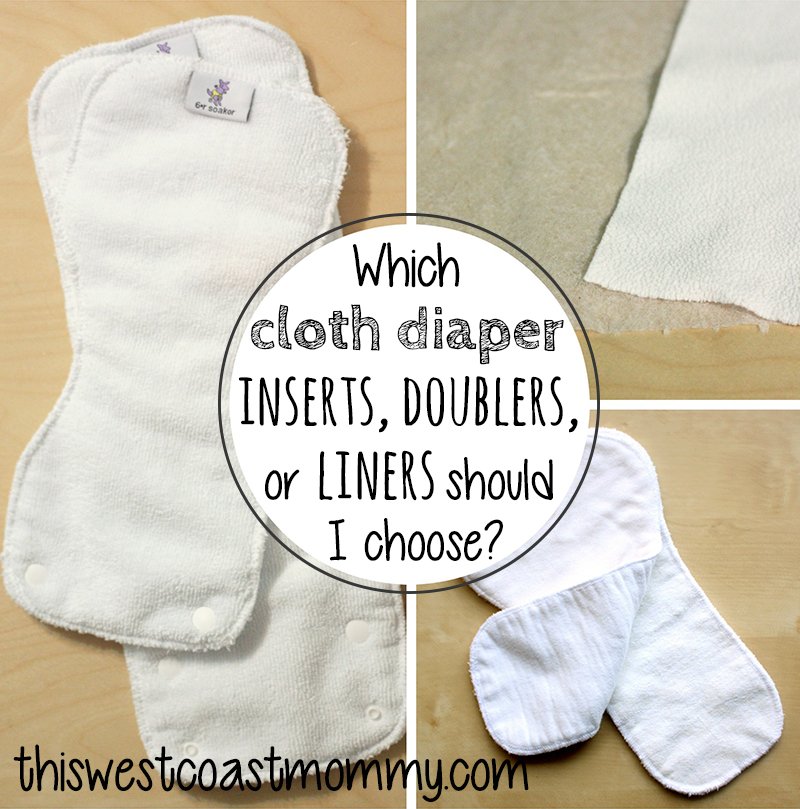
Inserts vs. Doublers vs. Liners
Let’s start by clarifying the difference between inserts, doublers, and liners. While these all go inside a diaper, these terms refer to different things.
Inserts are the main absorbent layer stuffed into a pocket diaper or laid in a waterproof cover.
Doublers refer to an extra layer added to increase the absorbency of your diaper. Also called boosters, doublers can be stuffed inside a pocket diaper, laid on top of the insert in an All-in-2 (AI2), or just added to an All-in-One (AIO), fitted, or hybrid diaper to increase absorbency.
Liners are a thin layer laid on top to protect the diaper’s lining from rash cream, poop, and/or to keep baby’s bum dry. Liners are not intended to add any absorbency and come in disposable and reusable versions.
- Disposable liners are usually a thin layer of flushable cellulose. They look like thin paper or a dryer sheet.
- Reusable liners are frequently made from fleece. Not only do fleece liners protect your diaper, but they also add a stay dry layer that wicks moisture away from baby’s bum.
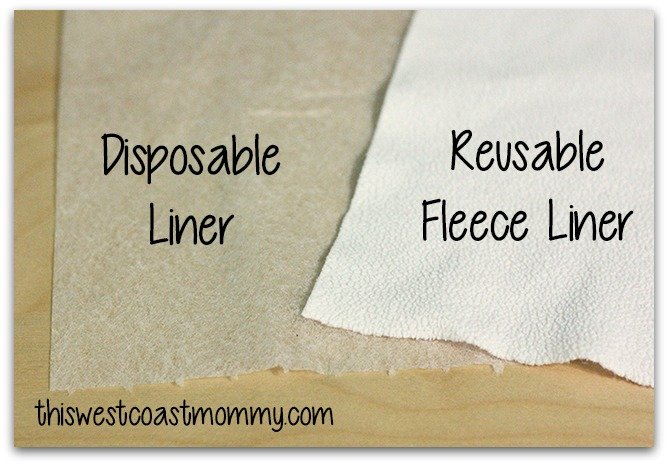
Styles of Inserts
Cloth diaper inserts come in many different styles. They’re usually a separate piece, but you may also find them sewn in permanently in an AIO. Some inserts come with snaps to snap into a diaper shell, others are stuffed into a pocket or simply laid in the diaper.
The most common styles of inserts include:
- Flat – A large square of fabric that you fold into a pad shape before stuffing the diaper
- Prefold – A flat diaper that has been prefolded and sewn into shape; used on its own or as an insert
- Trifold – A wider style of insert that you fold into thirds before stuffing
- Pad – Multiple layers sewn into a thick pad shaped to fit your diaper
- Snake-style – A long strip that you fold to fit your diaper and to customize extra absorbency
- Petal-style – Two or more thin inserts sewn together at one end
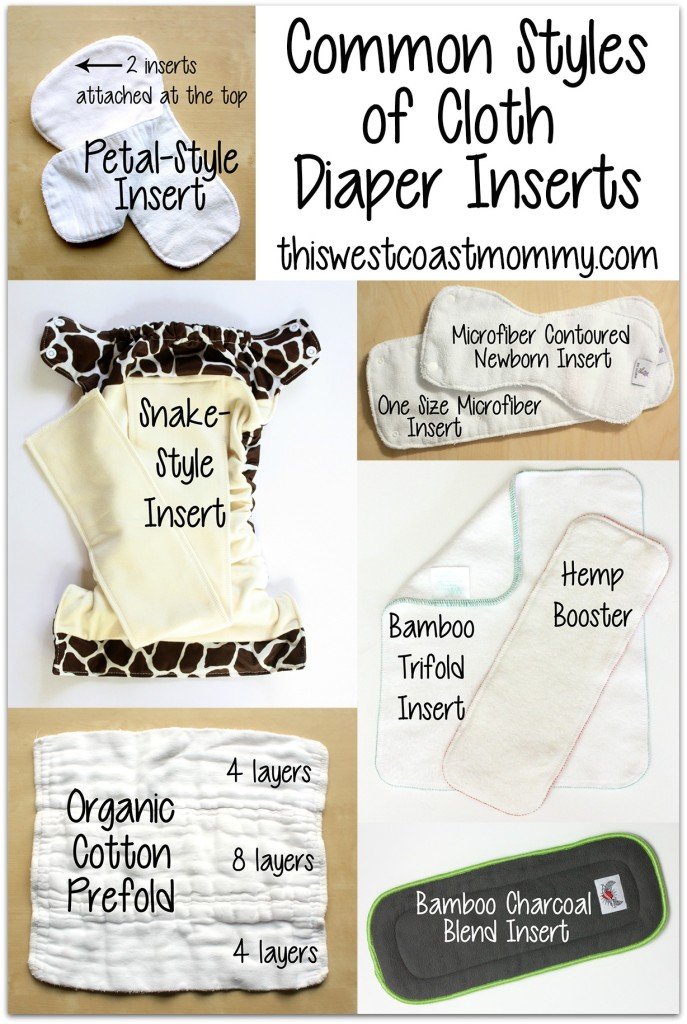
What’s in a Cloth Diaper Insert?
Cloth diaper inserts and doublers come in a variety of materials to suit every price point and lifestyle. The four main types are microfiber, cotton, bamboo, and hemp.
Microfiber
Microfiber is the most common material used in inserts and the most economical. Microfiber inserts absorb liquid quickly and dry quickly. However, they tend to flatten over time which reduces their absorbency, and they’re prone to compression leaks. Microfiber is also notorious for holding smells after a while. Microfiber should never go directly against baby’s skin because it absorbs wetness so well that it can cause a rash on your baby’s skin.
Pros of Microfiber Inserts
- most economical
- absorb quickly
- dry quickly
Cons of Microfiber Inserts
- don’t last as long
- prone to compression leaks
- hold diaper stink
- cannot be placed next to baby’s skin
Cotton
Cotton inserts are another economical option. Cotton is highly versatile, found in either organic or non-organic as well as a variety of different finishes. When you see descriptors like terry, French terry, flannel, or jersey, these are likely to be cotton or a cotton blend. Cotton prefolds folded into thirds are ideal for stuffing into pocket diapers for heavy wetters.
Pros of Cotton Inserts
- affordable
- come in a variety of finishes
Cons of Cotton Inserts
- bulkier than other options
- slower to absorb
Bamboo
Bamboo is often considered a natural fiber, but in reality bamboo must be heavily processed, often with harsh non-environmentally friendly chemicals, to produce bamboo rayon. More expensive than microfiber and cotton, bamboo inserts are silky soft, trim, and absorbent. Also found as bamboo velour or charcoal bamboo, rayon from bamboo wicks moisture away from baby’s skin at three to four times the rate of cotton. Bamboo is often blended with cotton to give the insert a little more structure.
Pros of Bamboo Inserts
- very soft
- trim and absorbent
- absorb quickly
Cons of Bamboo Inserts
- manufacturing process is often environmentally unfriendly
- more expensive
Hemp
Hemp is a natural, environmentally-friendly fiber and considered a premium insert material. It comes with a higher price tag, but it holds the most liquid. It also takes the longest to dry. Hemp inserts are usually a hemp/cotton blend. Hemp tend to feel stiffer than other materials and can feel almost crunchy if you line dry.
Pros of Hemp Inserts
- most absorbent
- trim
- most sustainable option
Cons of Hemp Inserts
- most expensive
- feel stiffer
- slow to dry
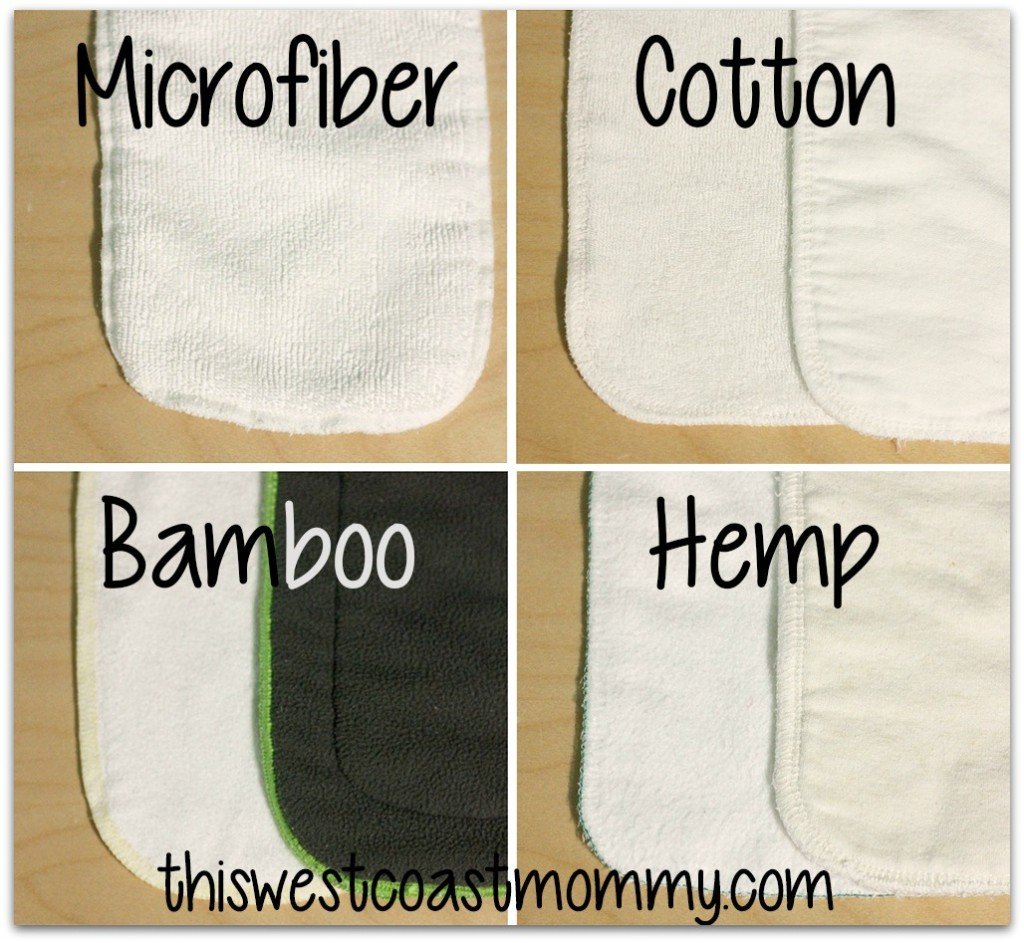
Although microfiber, cotton, bamboo, and hemp are the most common, occasionally you might find inserts made from other materials:
- Minky is made from polyester like microfiber, but unlike microfiber, you can safely place it next to baby’s skin. It’s very soft and plush, absorbs well, and is fairly stain-resistant.
- Velour inserts are ultra soft and plush like minky, but made from either cotton, or a combination of bamboo and cotton. The natural fibers make it more breathable than minky. You might see the term OBV – this means organic bamboo velour.
- Zorb is a newer material made from a mix of natural and manufactured fibers. It’s highly absorbent and designed to reduce compression leaks, but still quite costly which is why you don’t see a lot of it. Zorb inserts should only be used as the middle of a fabric “sandwich” as it pills when washed on its own.
You can also find inserts made out of individual layers of different materials sewn together (e.g., two layers of microfiber topped with one layer of bamboo, or cotton topped with stay dry fleece). When layering different materials, try to put microfiber on top as it absorbs liquids the quickest, and bamboo or hemp on the bottom as they hold the most liquid. Overnight diapers will usually require multiple inserts/doublers to hold an entire night’s pee.
Note that natural fiber inserts need to be “prepped” or washed several times before use. This removes the natural oils and waxes that stop the fabric from absorbing liquid. You should expect to wash and dry your natural fiber inserts at least 3-5 times before first use.
At the end of the day, the best insert, doubler, and/or liner for you depends on many different factors: your budget, your baby’s sensitivity to wetness and to synthetic or natural fibers, your laundry routine, and your personal preference. I hope the info here helps with your decision-making!
More Cloth Diapering Resources!
Disclosure: This post contains affiliate links. This West Coast Mommy is a participant in the Amazon Services LLC Associates Program, an affiliate advertising program designed to provide a means for sites to earn advertising fees by advertising and linking to Amazon.com. I will receive a small commission if you purchase through my link, at no additional cost to you. This income helps pay for the operating costs of my website – thank you for your support!
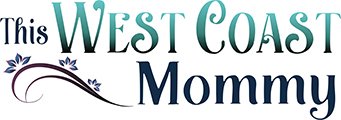

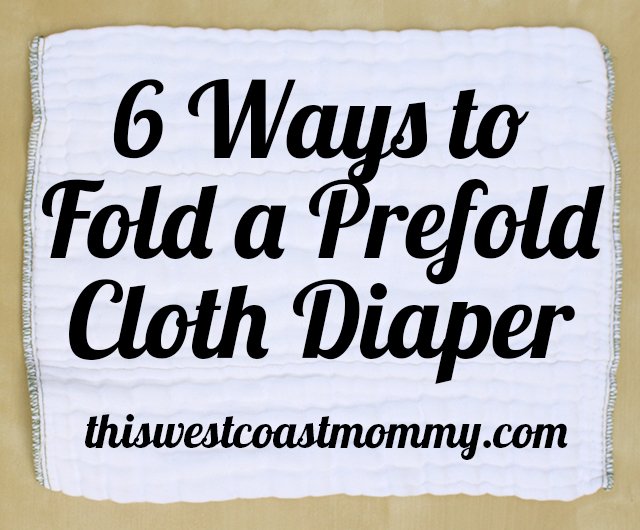
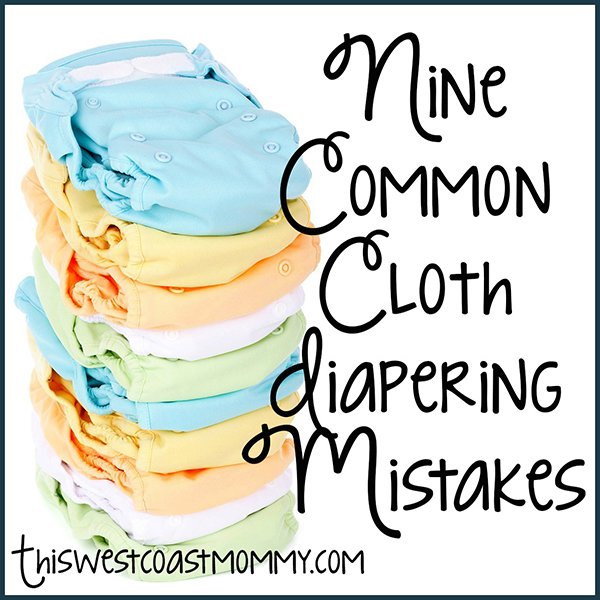
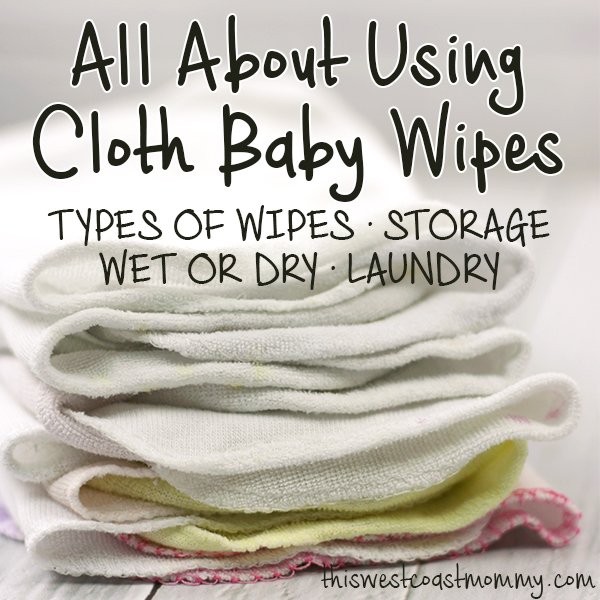
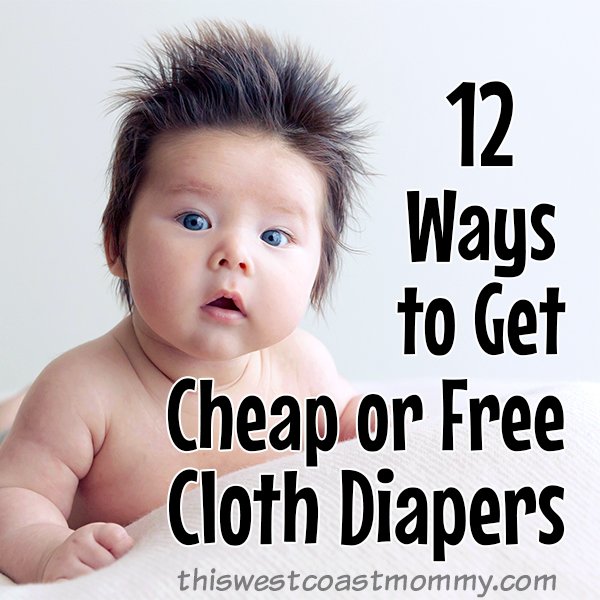
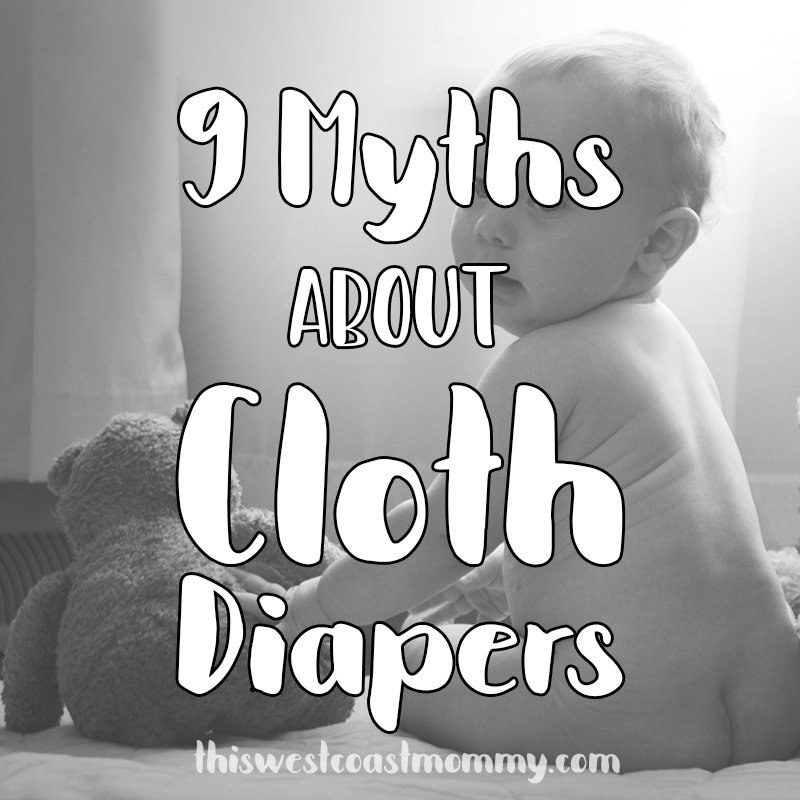
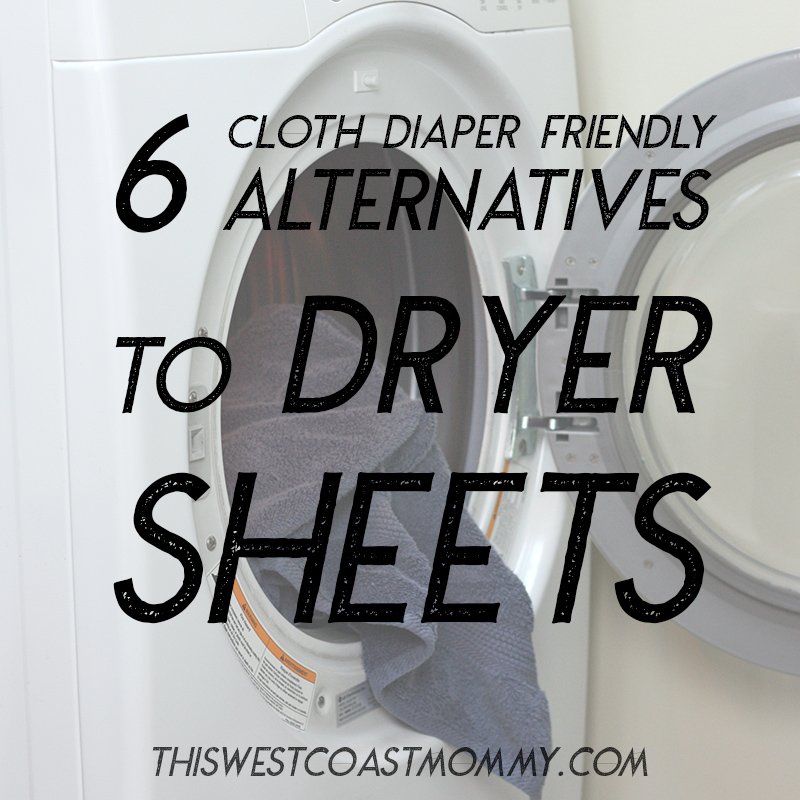
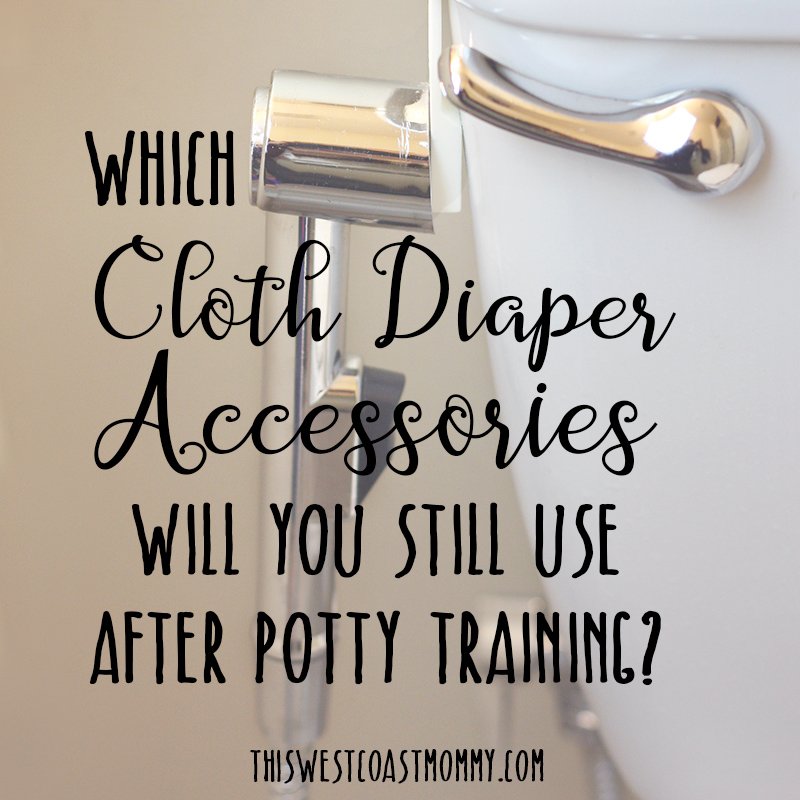
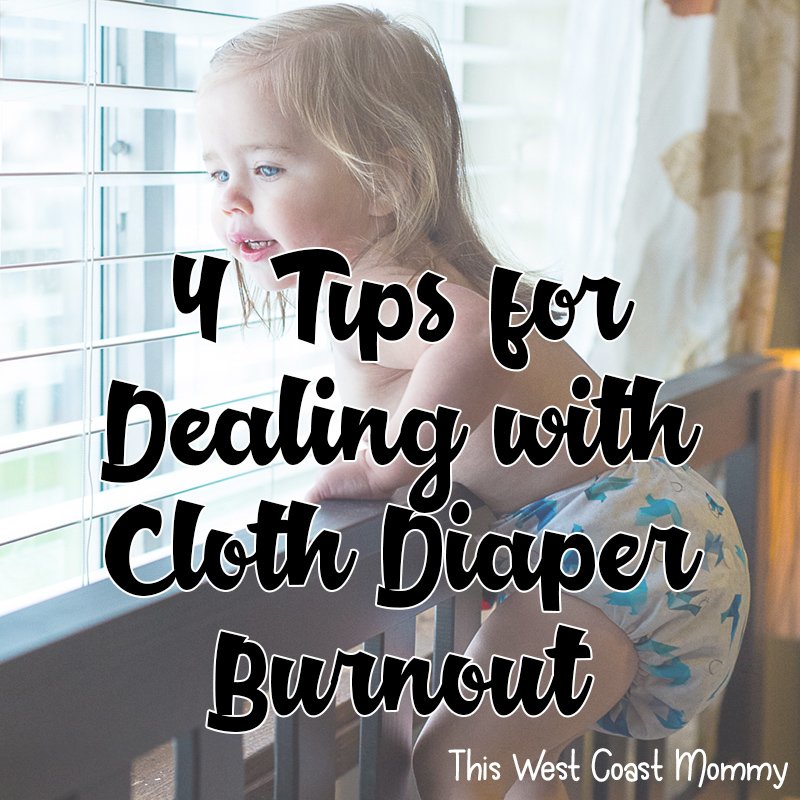
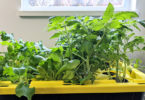
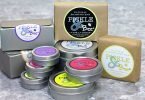

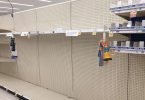

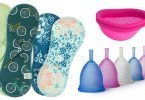
This was very informative! I wish I had this information long ago, when cloth diaper terms just seemed to confusing! I am sure this will help a lot of newbie cloth diapering moms!
I wish I had this a couple of years ago! It makes it SO much easier to actually SEE pictures of the different types of diapers rather than just reading about them. I agree with Heather, those different terms can be confusing when really cloth diapering is so simple! Great resource!
This is a great post! Thanks for sharing!
This was very helpful! 🙂
Thanks for this great breakdown of the different materials. I’m glad you mentioned about bamboo not really being that natural – I don’t think many people know that. Personally, I’m glad I found some used hemp inserts, so I got great inserts for a great price!
Thanks, Kim. I’ve seen some manufacturers starting to phase out the use of those chemicals in the production of bamboo rayon, but most still do and it’s something to be aware of.
My boy is nearly potty trained now, but with a new babe on the way, I think I’d really like to try some hemp inserts. He was a heavy wetter and even a microfibre insert sandwiched inside of a 2-ply trifold bamboo insert couldn’t cut it at nap/night!
Both my girls were heavy wetters too. What worked for us was ditching pockets/AIOs entirely and going with fitted diapers. My nighttime solution is a fitted diaper with one or two hemp inserts – it’s bulletproof!
Thanks for putting all this information together in one spot to read. I have many bamboo inserts and a few microfibre but I’m looking at hemp and I appreciate the information about the different styles I can get!
Glad you found it helpful!
i love cloth diaper for my babies 🙂
i wish i could sewn too 🙂
Can I just use inserts inside my covers or should I use a prefold and then an insert?
It depends on how much absorbency you need. For a young baby or daytime use, just inserts ought to be fine. For a heavy wetter or night time use, adding a prefold will make a big difference.
My understanding is that charcoal bamboo might not even have much/any bamboo in it (they sure seem like microfiber to me!). Any thoughts?
My understanding is it contains nanoparticles of bamboo charcoal mixed in with another material (like microfiber), but I have no clue how much of it is actually bamboo. I haven’t noticed much of a difference in odour or washability, though it seems to be okay next to baby’s skin unlike standard microfiber.
It has been 44 yr since I diapered a baby. Have my firstGrandchild due in July. This is very helpful in bringing a new Grandma up to date. Thanks
Love this post. I can’t wait to try bamboo inserts =]]
Cloth diapers have definitely come a long way. Great information!
Thanks for the info!
Love your info and research, however, on the Zorb, I am not sure what type of Zorb have you used? there are a few different blends, some with polyester, however, there is a 3D 100% organic cotton, which is the only one I use in my diapers. They have never pilled in two years. For my inserts, they are sandwiched between diaper fleece for added comfort, so can’t tell with those, but the butterfly fitted style diapers have the Zorb exposed when folded out so would know if it pilled. Now, the first generation of Zorb Silver will pill very bad, but still impressive for its absorbency and would not want that against skin. I have not tried the 3D Zorb with polyester, I find that a lot of the man made materials tend to hold odor more in the long run, Have you had the same experience? I have, but mainly in All in One’s. There is a new Zorb that just came out, more expensive than even the 3D, it’s black and advertised as Antimicrobial, so might be charcoal? they do have available in the organic cotton, however, need to buy in 100 yrd bolts, so have not tried, they have the polyester blends available, but again, don’t care for the man made materials, at least in the absorbent portion of the diapers and inserts.
Great post 🙂 I’ve been stuffing pocket diapers with 30 year old cotton flats (that served hubby & his brother), but they’ve started thinning and therefore losing absorbency… after so much time and use that’s no wonder, I suppose. I think I’m going to get flats again because they don’t get stinky at all; can be washed on high temperatures as often as you like so there’s no need to disinfect them (the routine 30 yrs ago was to boil and iron them after every use); and they dry extremely fast.
someone recently asked me what inserts are what, differences. great all in one resource to pass on. thank you.
Thank you for the information! It sure helps a lot!
May I ask for your suggestions for insert combi’s though? What is good to be combined and what’s fail? I am totally happy being a cloth diapering mom. And I need ideas for the combi, especially for night time. My baby is a heavy wetter! I currently have the MF, BC, SSCV, Zorb Silver and a diy prefolds. Thanks much!
For heavy wetters, I suggest hemp or Zorb with a microfiber layer on top. Microfiber absorbs quickly, and hemp and Zorb hold it in. If you’re laying in the inserts (rather than stuffing a pocket) I would either ditch the microfiber or put a liner on top to protect baby’s skin. I’ve also used a prefold wrapped around hemp or bamboo at nighttime, but be prepared for bubble butt! (What’s SSCV? I don’t know that abbreviation!)
Oh, I’m sorry for the abbreviation 🙂 SSCV stands for SuperSoft Cotton Velour 🙂 Currently, at night time, the combi I got comfortable with is bamboo charcoal wrapped with flour sack cloth and a microfiber. It works well. Now I just got a combination of mf/hemp! It is stitched together! If folded, it becomes 6layers. Would it be enough at night time for a heavy wetter? Thanks so much!
It sounds like it would be, but your best bet is to try it and see. Every baby is different and their needs will change over time, so you’ll need to do some experimentation to find out what works best for your little one.
This is great, thanks! I just have to add that microfiber is not a green solution – after discarding stuff made of microfiber, it will very likely enter food chain one day, becoming part of our food..
Thanks, Angelika. As we know, there’s no such thing as perfectly “green”, there are only varying degrees of environmental impact. Reusable microfiber inserts are certainly miles better than millions of disposable diapers filled with xylene, ethyl benzene, styrene, and dioxin going into the landfill.
Hello,
Can someone help me.
I am making diapers and would like to add a thin liner between the diaper and the skin so it would be easy to get rid of the poop.
I dont mind if it si disposable or washable but i want to custom made them so they would follow the contour of the diaper. I will make both styles to compare and choose the one is better for meé
Can someone tell me where i can find the fabric by the yard for the disposable one or what washable fabric is better for the poop not to stick on it.
Thanks a lot.
Incredibly helpful! I have an almost four month old and I’ve come back to this post so many times while trying to figure this out! Thank you!
One of the most thorough descriptions of inserts, doublers, liners, etc. I’ve ever read. I wish I had read it at the beginning of my cloth journey. It was confusing to try to figure it all out on my own. Great job!
Hi!
Thank you for your post, very informative!
i started cloth diapering since 2 months now but having a hard time during nights. im using microfiber inserts x 3 at night and it stays dry max 4 hrs and sometimes its even less which means leaking and change of bed linen all the time. Is there any other solutions or inserts that last longer that you can recommend, any advice? Many thanks!!!
Hi…. I’ve been cloth diapering with the Alva baby pocket diapers with microfiber inserts for about 5 months. I love them but in my last few loads I noticed that some of my microfiber inserts have small black spots like freckles across them….. I live in Florida where it is very hot and damp and I therefore have had to deal with mold on a couple of diapers… So I thought that is what this was but I have done multiple mold treatments, oxiclean paste, vinegar, lemon juice, bleach, and the spots aren’t going away…. Any advice?